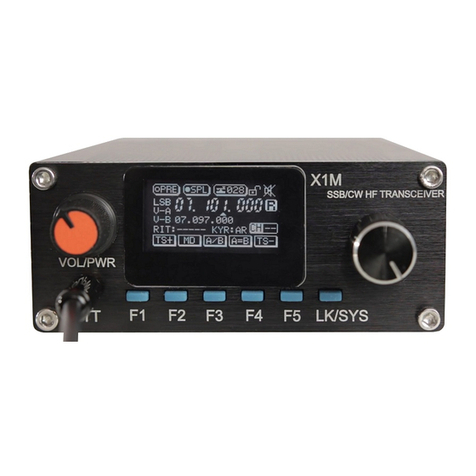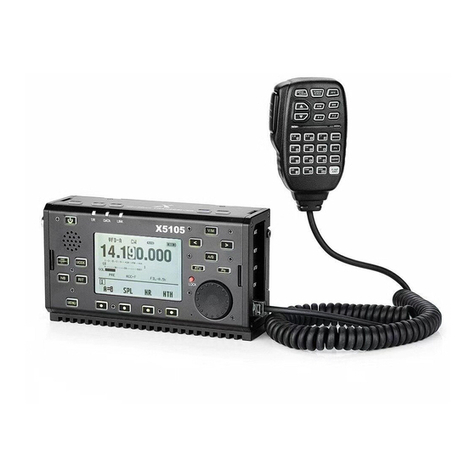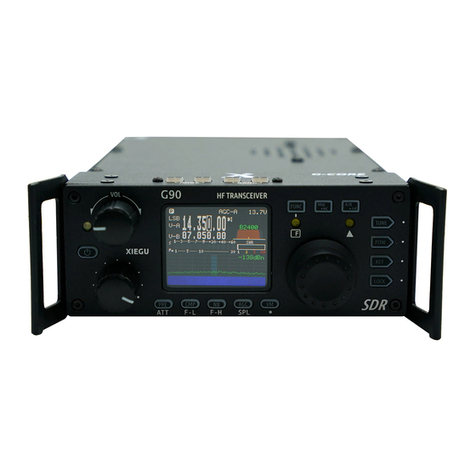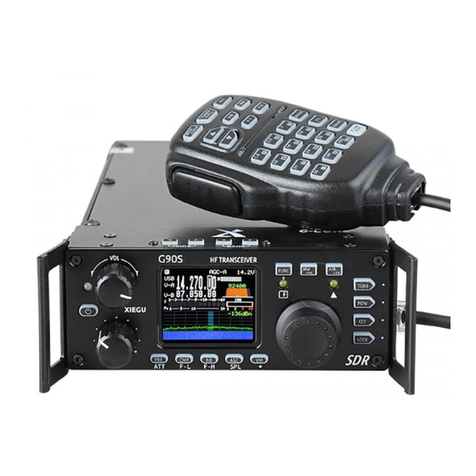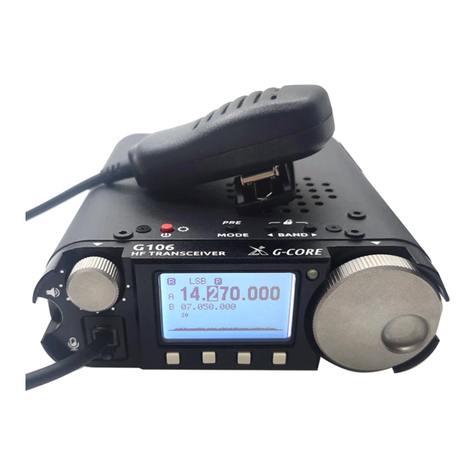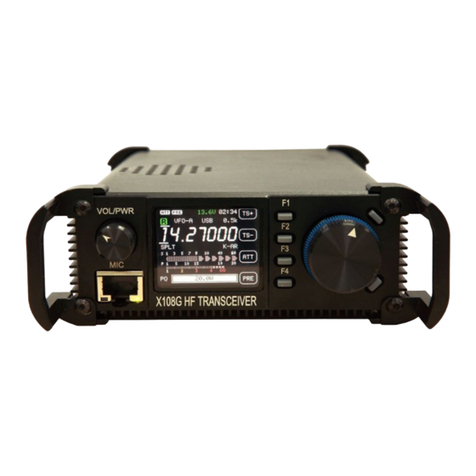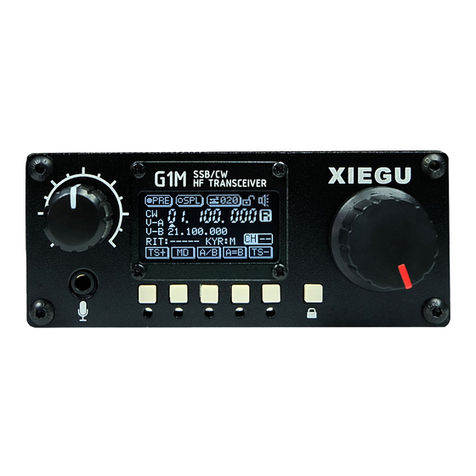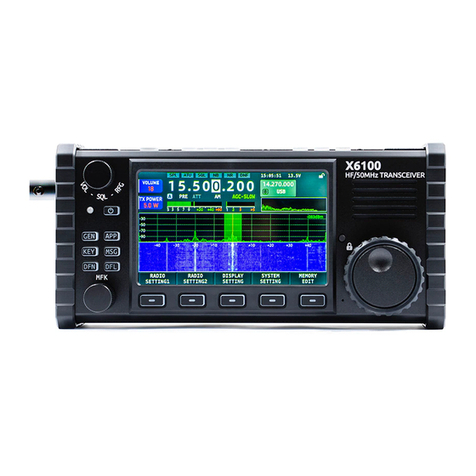
Page 2
Table of Contents
Warnings ................................................................................. 3
About Radioddity ....................................................................... 4
INTRODUCTION: ........................................................................... 5
FRONT PANEL .......................................................................... 6
Top Panel Buttons ................................................................... 6
Rear panel ............................................................................ 7
INSTRUCTIONS FOR EXTERNAL INTERFACE CONNECTIONS ............................... 9
CONNECTION OF EXTERNAL POWER SUPPLY ........................................... 10
OPERATION: .............................................................................. 11
BASIC OPERATION: .................................................................... 12
ADJUSTING THE AUDIO VOLUME / OUTPUT DEVICE: ................................ 13
SELECTING OPERATIONAL MODE AND BAND: ........................................ 13
Setting the Tuning Step (TS) frequency. ..................................... 14
ENABLING THE RECEIVE PREAMPLIFIER. ............................................. 14
CW MODE OPERATION. ............................................................... 15
LOCKING THE RADIOS CONTROLS ..................................................... 15
ANTENNA: ............................................................................. 16
LISTENING TO FM BROADCAST STATIONS WITH THE G106 ........................ 16
View Software (Firmware) version information: .............................. 16
STORING NEW FREQUENCIES IN CHANNEL MEMORIES ................................ 17
DELETING A STORED CHANNEL: ...................................................... 17
SETTING THE START-UP DISPLAY TEXT (CALL SIGN): .............................. 18
G106 operational display definition: ............................................ 18
Enable / disable keypad tone: ................................................... 18
Connection with XPA125B and computer ...................................... 19
COMPUTER CONTROL INSTRUCTIONS .................................................... 20
BAND INDICATION VOLTAGE LEVELS .................................................... 21
PACKING LIST ............................................................................ 22
SPECIFICATIONS .......................................................................... 23
UPDATING THE RADIO’S FIRMWARE: .................................................... 24
FIRMWARE DOCUMENTATION ......................................................... 24







